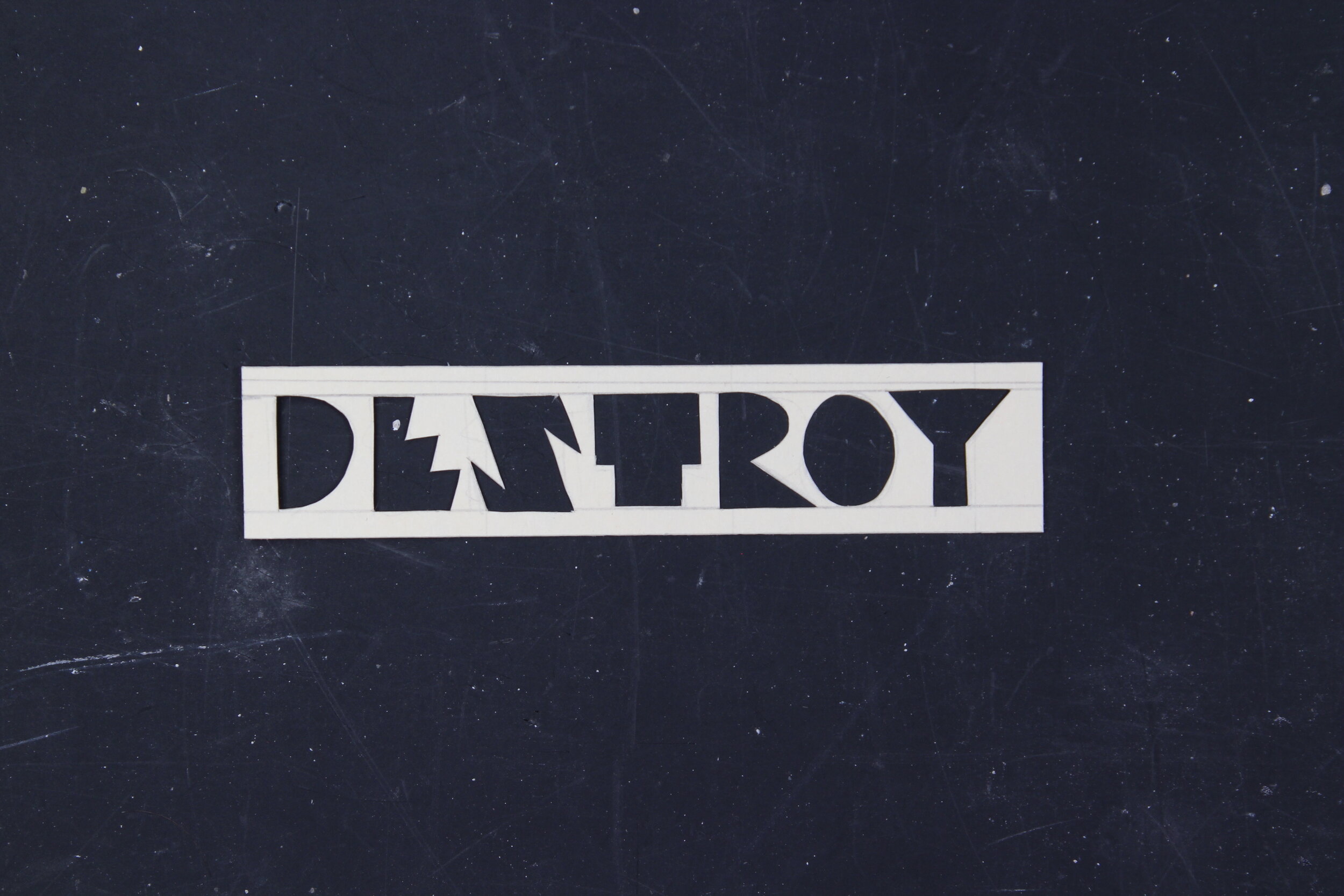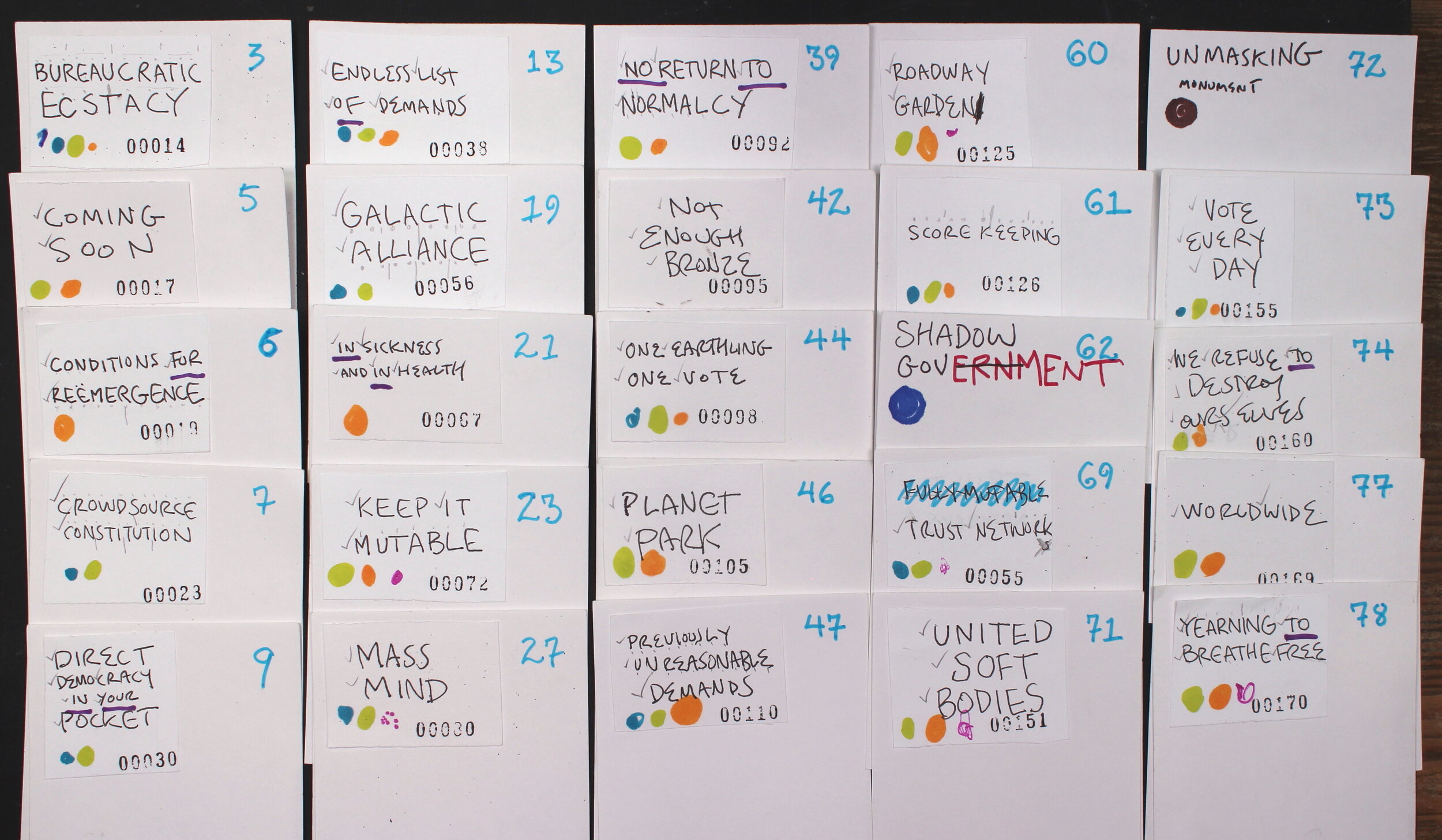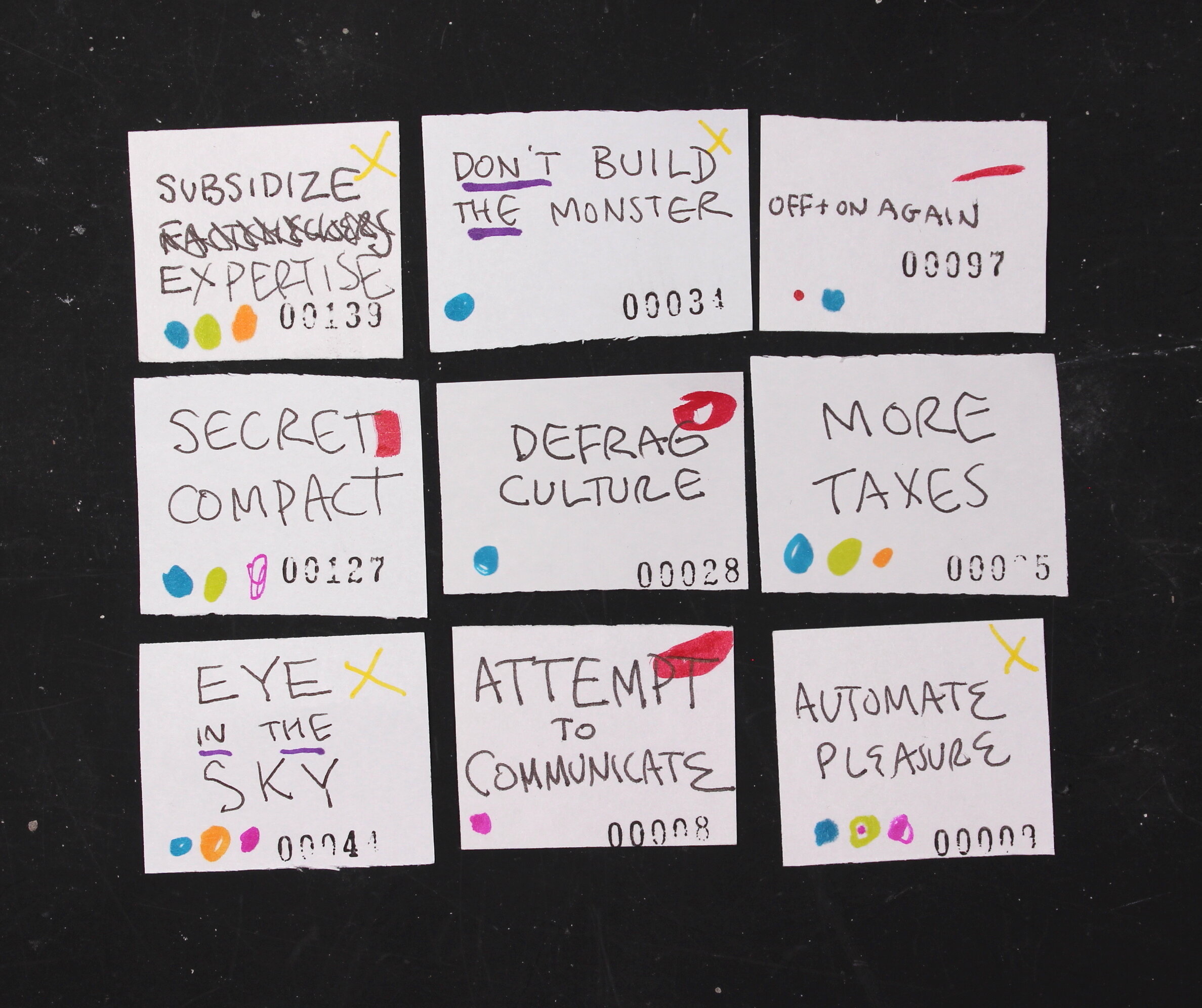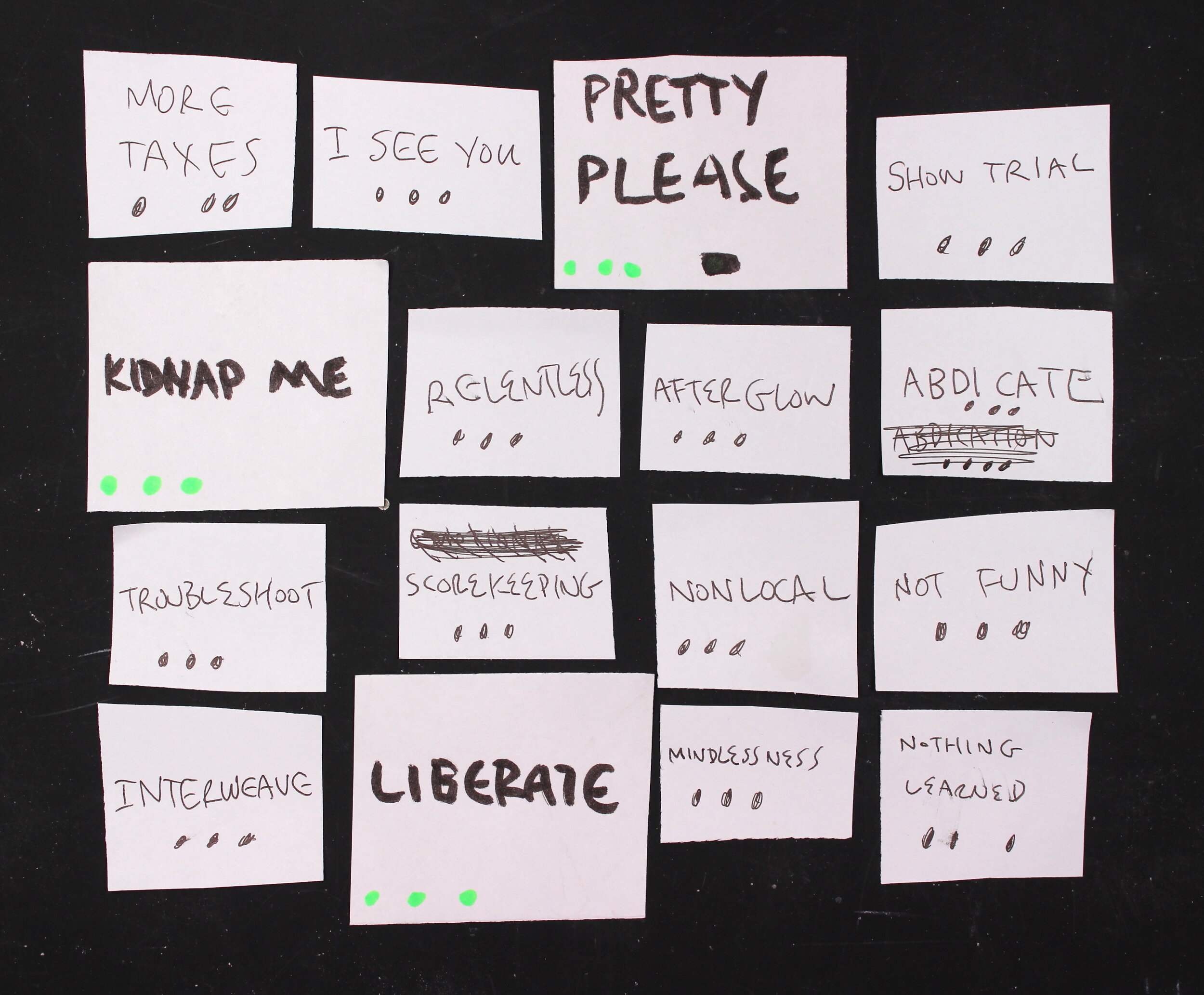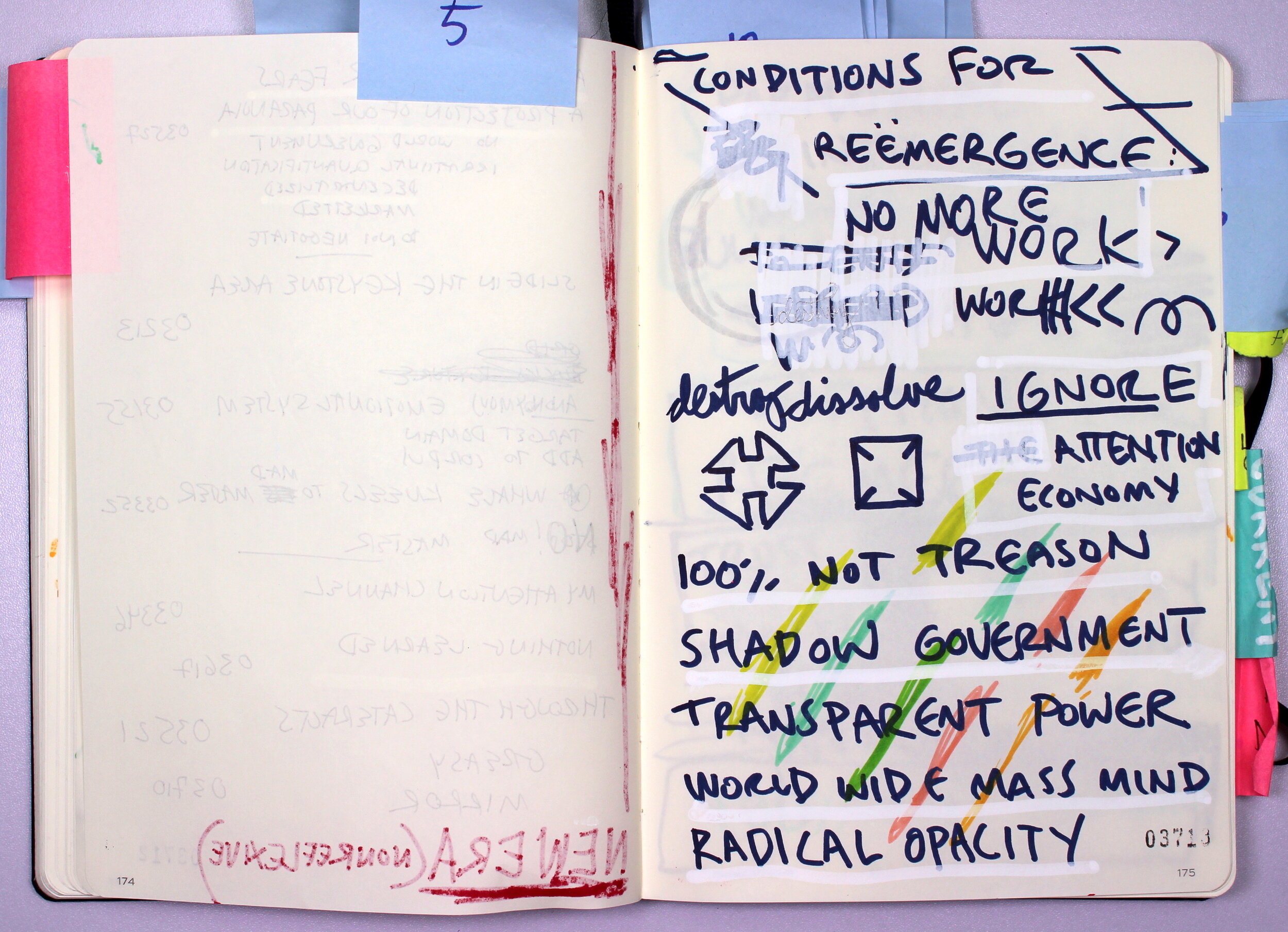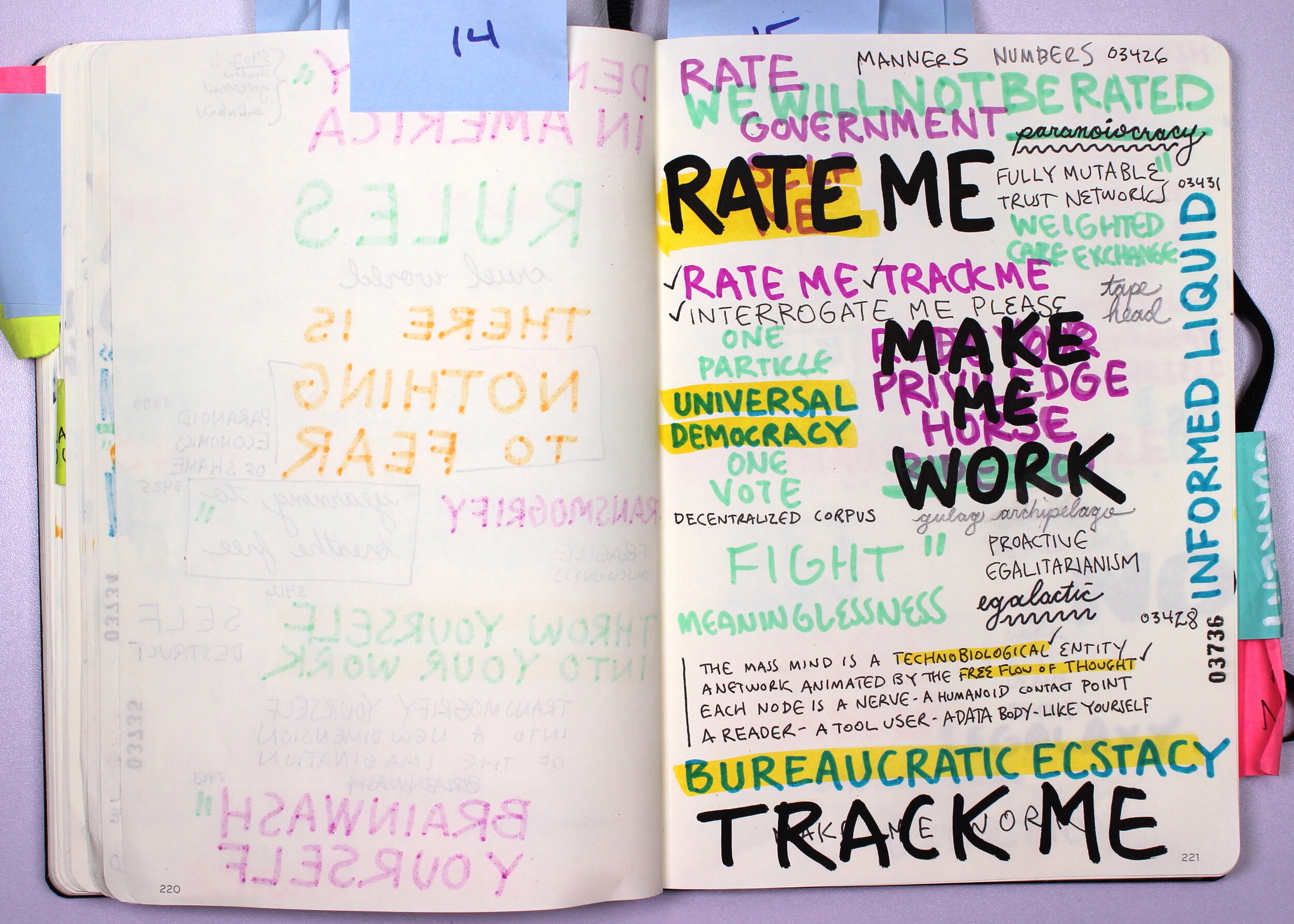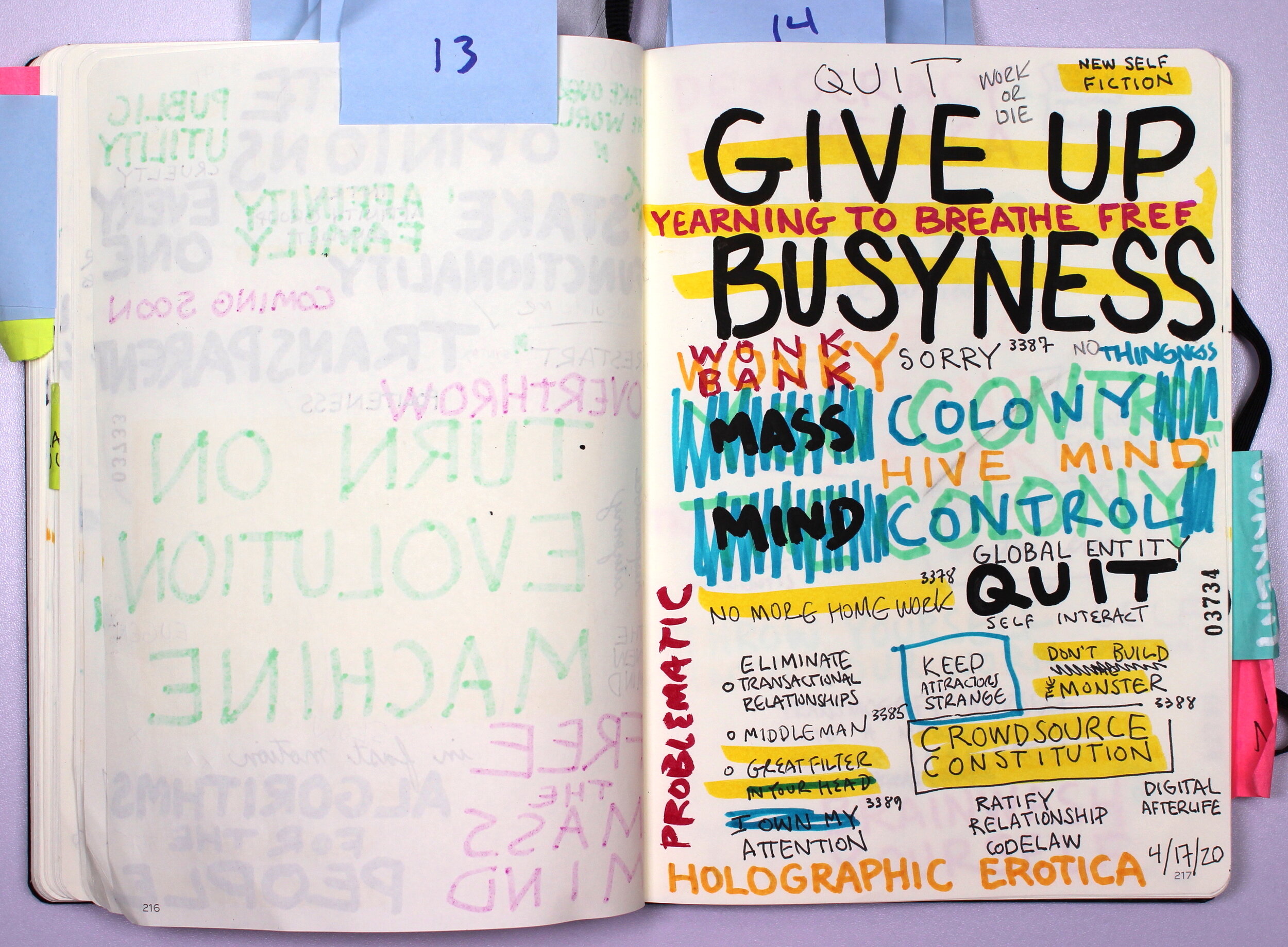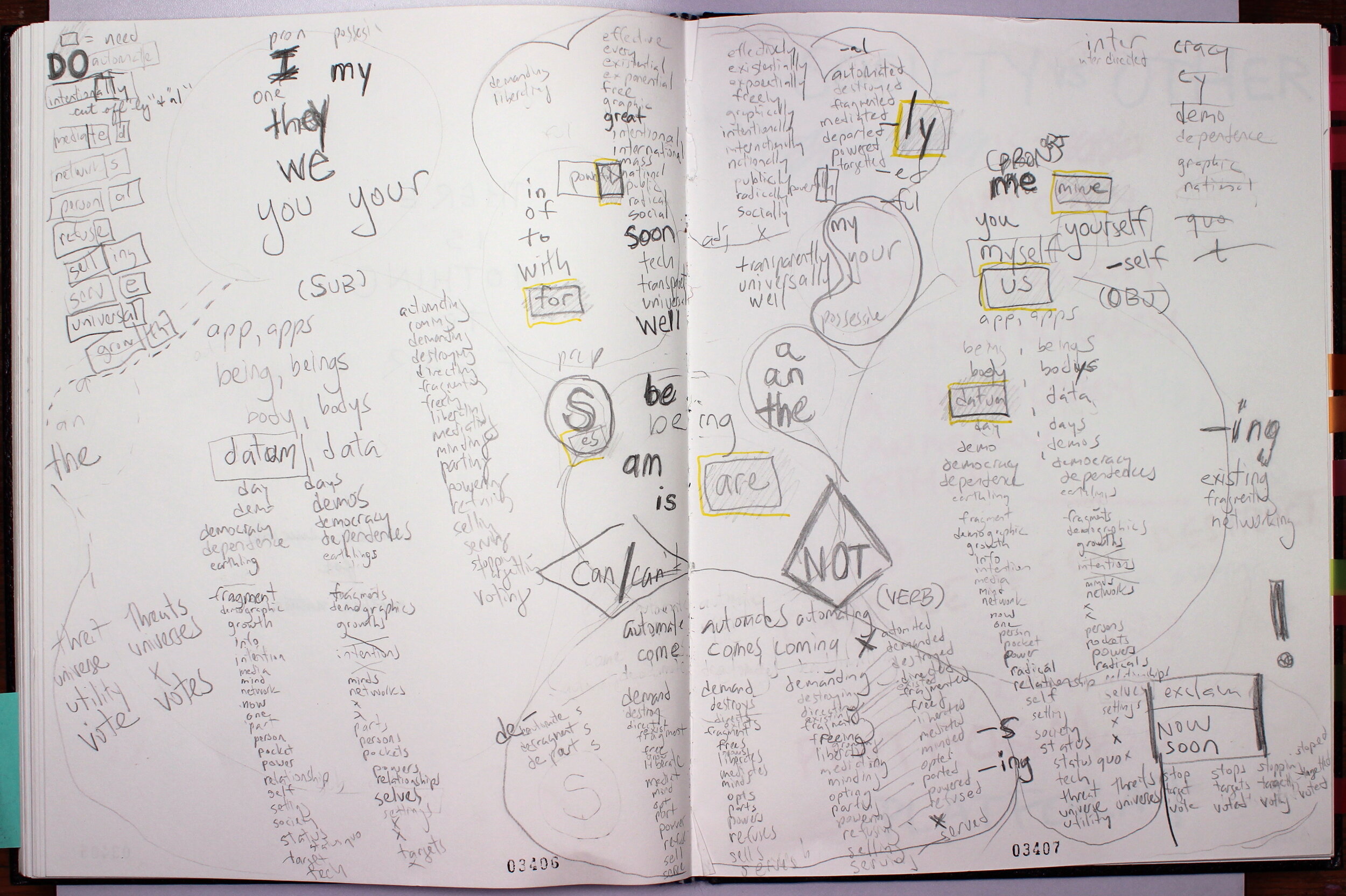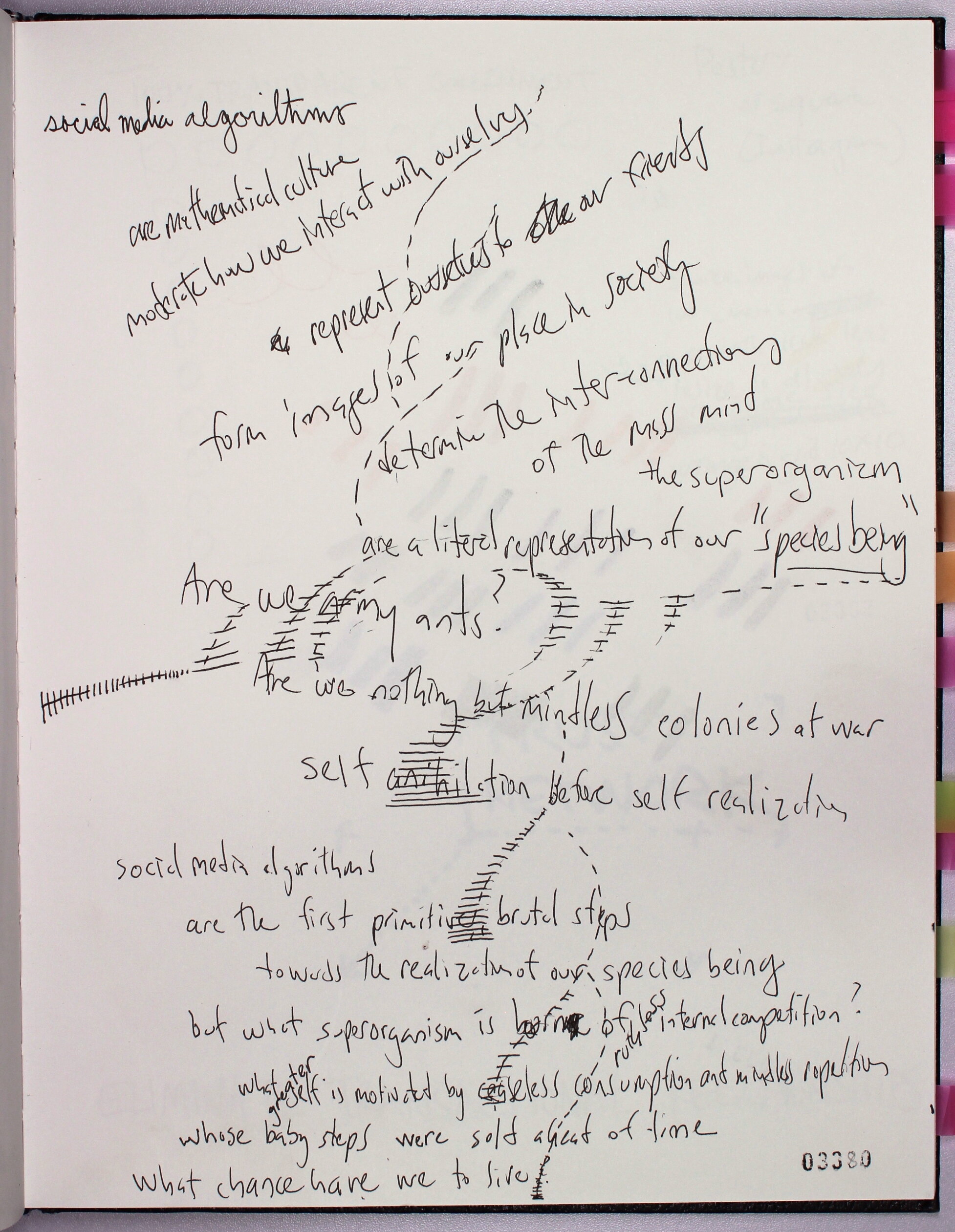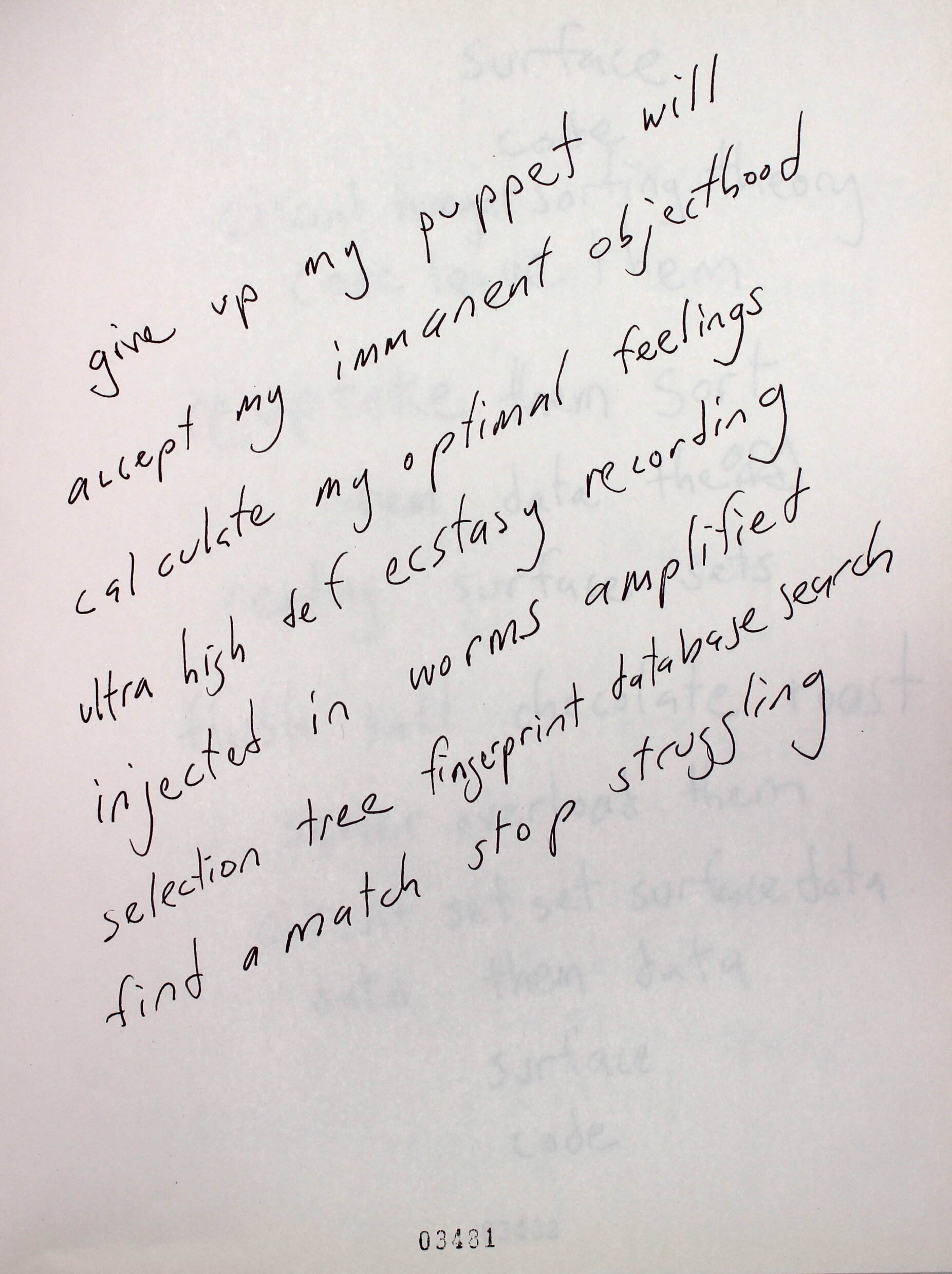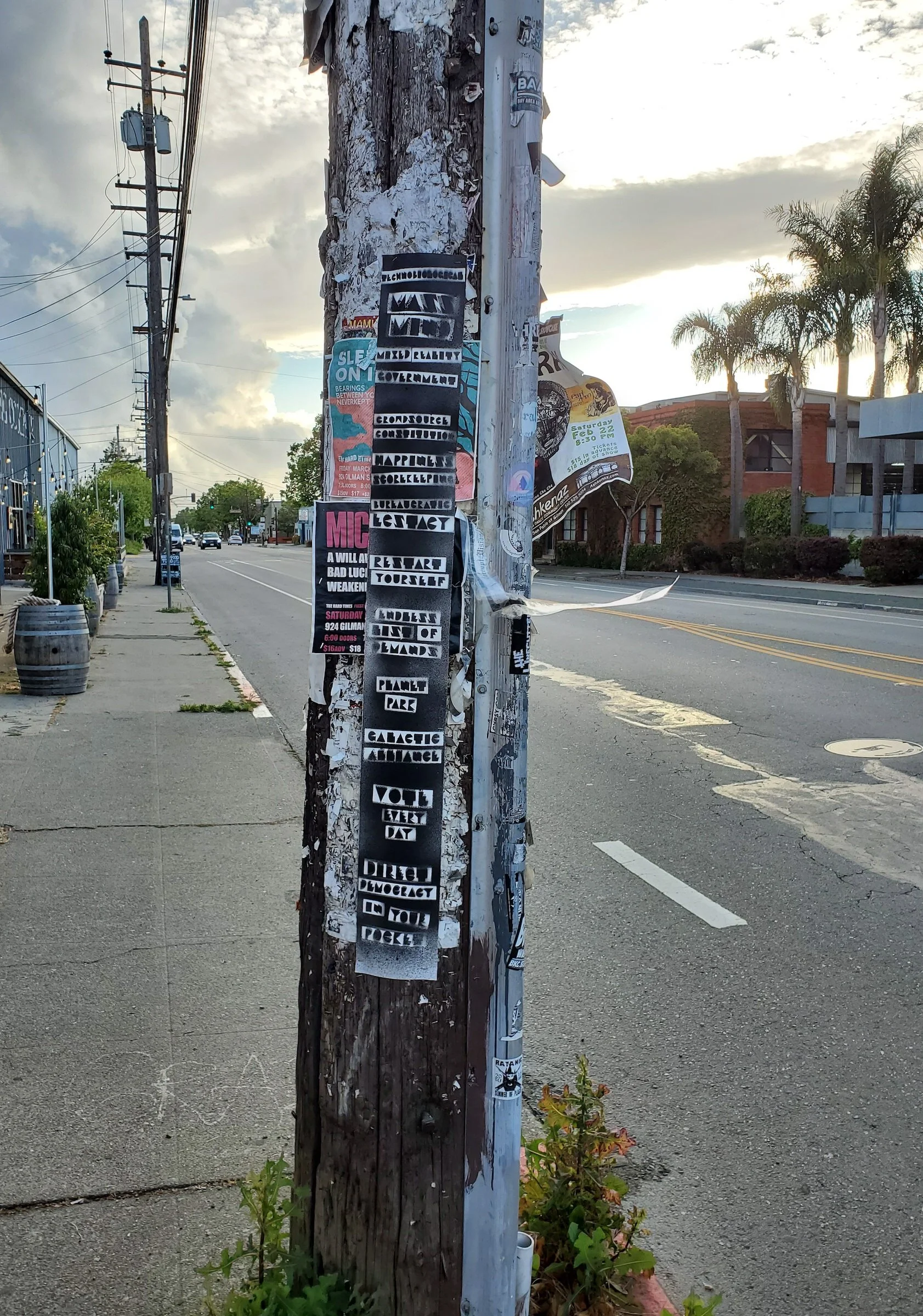To celebrate the completion of Noösphere, the book of digital collages that I’ve been working on since 2014, I’ve put up a new “shop” page where you can purchase copies of the book:
The definitive collection of artist Farley Gwazda’s Noösphere series, which makes use of an extensive archive of scientific figures, data visualizations, and examples of imaging technology to create information-dense digital collages that resemble planets, cells, subatomic particles, or magical orbs. Contains a selection of more than 50 images, and tells the story of the process whereby they were created.
My main reason for embarking on this e-commerce journey is to make the work accessible and get it into people’s hands. I’ve tried to make the book affordable, but I’ve got a perfectionist streak and I need the work to look just so. I’ve experimented with many different methods of printing on demand, reviewed dozens of proofs, and the processes I’ve chosen are not inexpensive. But I think you’ll be happy with the products when they arrive and they will last a long time.
Note: I have discontinued offering prints of the Noöspheres. Thanks to everyone who purchased one!
Your support means a lot to me. Thank you!








